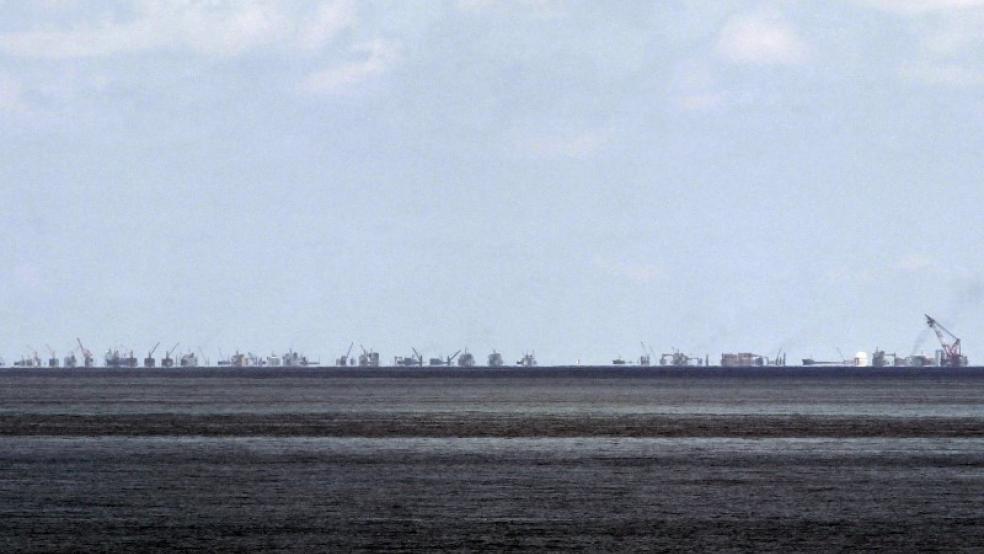China has deployed an advanced surface-to-air-missile system to one of the disputed islands in the South China Sea, a move sure to ratchet up tensions in the region and have an impact on Washington’s relationship with Beijing.
On Tuesday, Fox News reported that Imagesat International satellite imagery showed that China had deployed HQ-9 SAMs to Woody Island, part of the Paracel Island archipelago, possibly on or around Feb. 14.
Related: The $800 Million Weapon the US Wants to Send to South Korea
Analysts say the HQ-9 is similar to the U.S. Patriot missile and Russia’s S-300 system, which Moscow soon plans to deliver to Iran.
China controls the Paracel chain, but Taiwan and Vietnam also claim it. A number of countries in the region, including Brunei, Malaysia and the Philippines are likewise embroiled in disputes over islands and their surrounding waters.
The deployment occurred at the same time President Obama was hosting leaders of the Association of South East Asian Nations (ASEAN) at a summit in Sunnylands, Calif. One of the biggest topics on the agenda, besides the Trans-Pacific Partnership trade deal, was disputes in the South China Sea.
Related: Russia’s Weapons Sale to Iran Shifts the Balance of Mideast Power
Obama pressed for a "halt to reclamation, new construction and militarization" of Asia's oceans during a press conference marking the end of the summit on Tuesday. The remark was an indirect reference to China's construction of airstrips and ports in the Spratly Islands that could have military uses.
Satellite images suggest that Beijing has sent at least four HQ-9 systems to Woody Island. Each is capable of carrying eight missiles, which U.S. officials estimate have a range of up to 125 miles, making them a serious threat to any airplanes flying nearby.
News of the deployment somewhat mirrors a move China made in 2011 when Beijing conducted the first test flight of its stealth fighter just hours before then-U.S. Defense Secretary Robert Gates sat down with the country’s president. The test upstaged Gates’s visit and threatened to derail relations between the world’s two largest economies.
Related: Stealth Wars: China Rolls Out a New J-20, Another Knockoff Fighter
However, the latest incident appears much more deliberate: The HQ-9 deployment was to the same island chain where a U.S. Navy destroyer sailed close to another contested island a few weeks ago. Chinese officials vowed “consequences” for the action. This might be it.
White House and Defense Department officials no doubt will huddle in the days ahead to sort out how best to respond to the missile defense system’s deployment.
Senate Armed Services Committee Chair John McCain (R-AZ) said the U.S. “should consider additional options to raise the costs on Beijing's behavior.”
“Declarations that we remain committed to what amounts to an ever-changing status quo and conducting occasional freedom of navigation operations are inadequate,” he said in a statement. “The day-to-day system management that is required to actually shape Beijing's actions will mean adopting policies with a level of risk that we have been unwilling to consider up to this point.”





